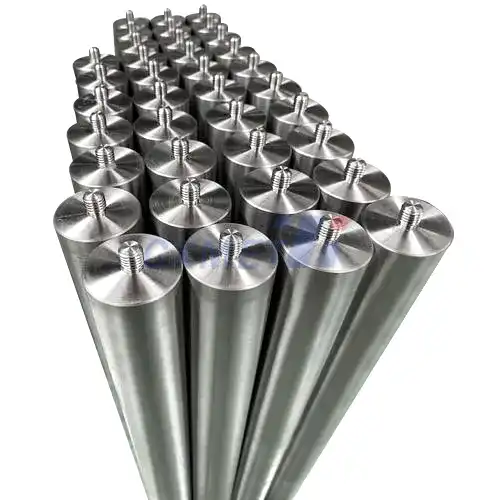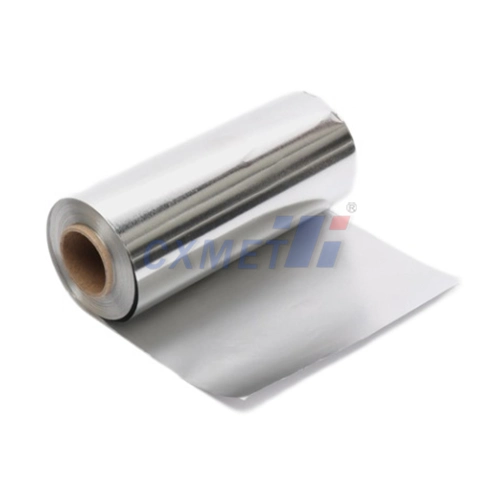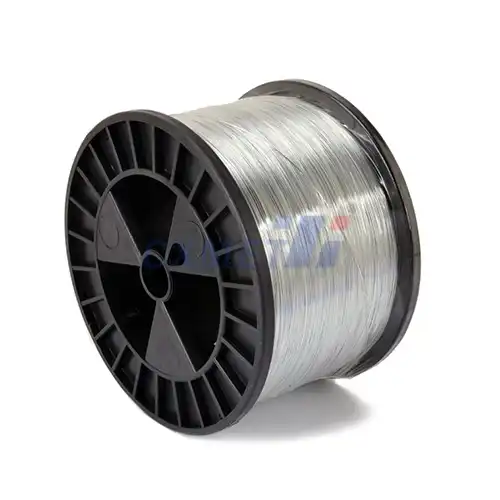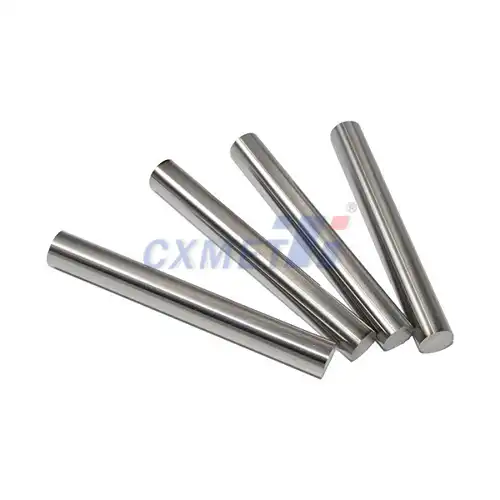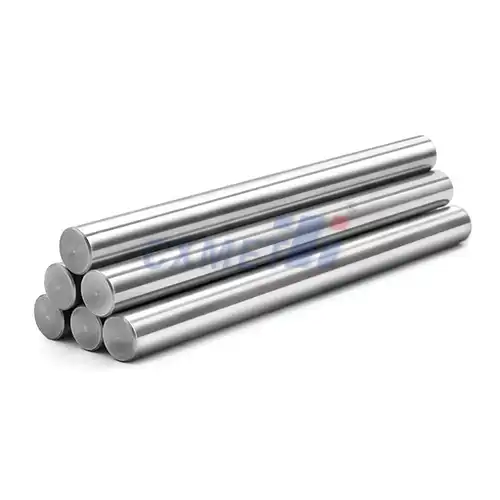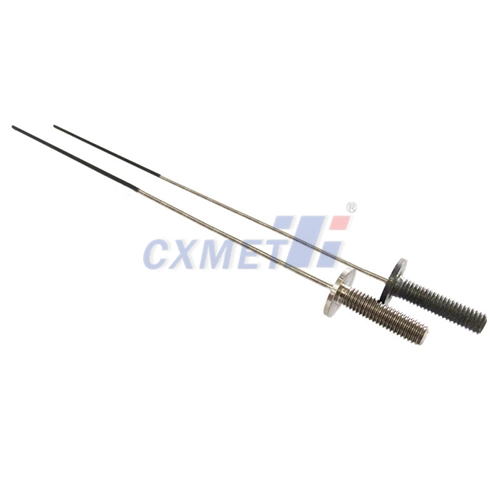- English
- French
- German
- Portuguese
- Spanish
- Russian
- Japanese
- Korean
- Arabic
- Greek
- German
- Turkish
- Italian
- Danish
- Romanian
- Indonesian
- Czech
- Afrikaans
- Swedish
- Polish
- Basque
- Catalan
- Esperanto
- Hindi
- Lao
- Albanian
- Amharic
- Armenian
- Azerbaijani
- Belarusian
- Bengali
- Bosnian
- Bulgarian
- Cebuano
- Chichewa
- Corsican
- Croatian
- Dutch
- Estonian
- Filipino
- Finnish
- Frisian
- Galician
- Georgian
- Gujarati
- Haitian
- Hausa
- Hawaiian
- Hebrew
- Hmong
- Hungarian
- Icelandic
- Igbo
- Javanese
- Kannada
- Kazakh
- Khmer
- Kurdish
- Kyrgyz
- Latin
- Latvian
- Lithuanian
- Luxembou..
- Macedonian
- Malagasy
- Malay
- Malayalam
- Maltese
- Maori
- Marathi
- Mongolian
- Burmese
- Nepali
- Norwegian
- Pashto
- Persian
- Punjabi
- Serbian
- Sesotho
- Sinhala
- Slovak
- Slovenian
- Somali
- Samoan
- Scots Gaelic
- Shona
- Sindhi
- Sundanese
- Swahili
- Tajik
- Tamil
- Telugu
- Thai
- Ukrainian
- Urdu
- Uzbek
- Vietnamese
- Welsh
- Xhosa
- Yiddish
- Yoruba
- Zulu
What are the Advantages of Ti13Nb13Zr Rod?
2025-03-03 10:28:49
Ti13Nb13Zr rod is an advanced biomaterial that has gained significant attention in the medical field, particularly in orthopedic and dental implants. This titanium-based alloy combines the beneficial properties of titanium, niobium, and zirconium, resulting in a material with exceptional characteristics. The unique composition of Ti13Nb13Zr offers several advantages over traditional implant materials, making it an increasingly popular choice for various medical applications.
|
|
|
How does Ti13Nb13Zr Rod compare to other implant materials in terms of biocompatibility?
Biocompatibility is a crucial factor when selecting materials for medical implants, and Ti13Nb13Zr rod excels in this aspect. The alloy's composition is carefully designed to minimize adverse reactions within the human body while promoting osseointegration – the process by which implants bond with surrounding bone tissue.
One of the key advantages of Ti13Nb13Zr is its lower elastic modulus compared to other titanium alloys and stainless steel. This property helps reduce stress shielding, a phenomenon where the implant bears most of the load, leading to bone resorption and potential implant failure. By more closely matching the elastic modulus of bone, Ti13Nb13Zr promotes better load distribution and enhances long-term implant stability.
The alloy's surface properties also contribute to its excellent biocompatibility. When exposed to oxygen, Ti13Nb13Zr forms a stable oxide layer that acts as a protective barrier against corrosion and ion release. This passive layer helps prevent the release of potentially harmful metal ions into the surrounding tissues, reducing the risk of allergic reactions or other adverse effects.
Furthermore, the presence of niobium and zirconium in the alloy enhances its resistance to wear and corrosion. This improved durability ensures that the implant maintains its structural integrity over time, reducing the likelihood of particle release and subsequent inflammatory responses in the body.
Studies have shown that Ti13Nb13Zr exhibits superior cell adhesion and proliferation properties compared to pure titanium and other commonly used implant materials. This enhanced cellular response promotes faster healing and better integration of the implant with surrounding tissues, leading to improved clinical outcomes for patients.
What are the mechanical properties that make Ti13Nb13Zr Rod suitable for orthopedic applications?
The mechanical properties of Ti13Nb13Zr rod make it particularly well-suited for orthopedic applications, where strength, durability, and compatibility with bone tissue are essential. This alloy offers a unique combination of characteristics that address many of the challenges associated with traditional implant materials.
One of the standout features of Ti13Nb13Zr is its lower elastic modulus compared to other titanium alloys and stainless steel. The elastic modulus of Ti13Nb13Zr is approximately 79-84 GPa, which is significantly closer to that of human bone (10-30 GPa) than conventional implant materials like Ti-6Al-4V (110-114 GPa) or stainless steel (200 GPa). This closer match in elasticity helps distribute loads more evenly between the implant and surrounding bone, reducing stress shielding and promoting better bone remodeling.
Despite its lower elastic modulus, Ti13Nb13Zr maintains excellent strength properties. The alloy exhibits a high yield strength and ultimate tensile strength, ensuring that it can withstand the mechanical stresses encountered in orthopedic applications. This combination of strength and flexibility allows for the design of implants that can bear significant loads while still providing the necessary elasticity to promote bone health.
Ti13Nb13Zr also demonstrates superior fatigue resistance compared to many other implant materials. This property is crucial for orthopedic applications, where implants are subjected to repeated loading cycles over extended periods. The enhanced fatigue resistance of Ti13Nb13Zr helps prevent implant failure due to cyclic loading, thereby increasing the longevity and reliability of orthopedic devices.
Another advantage of Ti13Nb13Zr in orthopedic applications is its excellent wear resistance. The addition of niobium and zirconium to the titanium base enhances the alloy's hardness and resistance to abrasive wear. This property is particularly beneficial in joint replacement implants, where wear particles can lead to inflammation, osteolysis, and eventual implant loosening.
The alloy's low density, comparable to that of bone, is another favorable characteristic for orthopedic use. This property helps minimize the overall weight of the implant, reducing patient discomfort and improving mobility, especially in cases involving large implants or multiple devices.
|
|
|
How does the corrosion resistance of Ti13Nb13Zr Rod impact its long-term performance in the body?
The corrosion resistance of Ti13Nb13Zr rod plays a crucial role in its long-term performance within the human body. This property is essential for ensuring the durability, safety, and efficacy of implants over extended periods, often spanning decades.
Ti13Nb13Zr exhibits exceptional corrosion resistance due to its unique composition and surface properties. When exposed to oxygen, the alloy forms a stable, passive oxide layer primarily composed of titanium dioxide (TiO2). This protective layer acts as a barrier, significantly reducing the rate of corrosion and ion release from the implant surface.
The addition of niobium and zirconium to the alloy further enhances its corrosion resistance. These elements contribute to the formation of a more stable and uniform passive layer, which is more resistant to breakdown in the aggressive physiological environment. This improved passivation helps maintain the integrity of the implant surface over time, even under challenging conditions such as those found in the presence of bodily fluids and under mechanical stress.
The superior corrosion resistance of Ti13Nb13Zr has several important implications for its long-term performance in the body:
- Reduced ion release: By minimizing corrosion, the alloy limits the release of metal ions into the surrounding tissues. This is crucial for preventing potential adverse reactions, such as allergies or local tissue irritation, which can compromise implant integration and patient comfort.
- Maintained mechanical properties: Corrosion can lead to a gradual deterioration of an implant's mechanical properties. The high corrosion resistance of Ti13Nb13Zr helps preserve its strength, ductility, and fatigue resistance over time, ensuring that the implant continues to function as intended throughout its lifespan.
- Enhanced osseointegration: A stable, corrosion-resistant surface provides an ideal substrate for bone cell attachment and growth. This promotes better long-term osseointegration, leading to improved implant stability and reduced risk of loosening over time.
- Lower risk of implant failure: By resisting corrosion-induced degradation, Ti13Nb13Zr implants are less likely to experience structural failure or loss of function, potentially reducing the need for revision surgeries and improving patient outcomes.
- Improved biocompatibility: The limited release of corrosion products helps maintain a favorable local tissue environment around the implant, reducing the risk of chronic inflammation or other adverse biological responses that could compromise long-term implant performance.
Furthermore, the corrosion resistance of Ti13Nb13Zr extends to various physiological conditions, including those with varying pH levels and the presence of proteins and other biomolecules. This broad-spectrum resistance ensures that the alloy maintains its protective properties across different anatomical locations and under various biological stresses.
Long-term studies have demonstrated the sustained corrosion resistance of Ti13Nb13Zr in simulated body fluids and in vivo environments. These findings support the alloy's suitability for long-term implantation, with minimal risk of corrosion-related complications over extended periods.
In conclusion, the exceptional corrosion resistance of Ti13Nb13Zr rod significantly contributes to its long-term performance in the body. By maintaining implant integrity, preserving mechanical properties, and minimizing adverse biological interactions, this property ensures that Ti13Nb13Zr implants can provide reliable, safe, and effective function over many years, making it an excellent choice for various medical applications requiring long-term implantation.
At SHAANXI CXMET TECHNOLOGY CO., LTD, we take pride in our extensive product range, which caters to diverse customer needs. Our company is equipped with outstanding production and processing capabilities, ensuring the high quality and precision of our products. We are committed to innovation and continuously strive to develop new products, keeping us at the forefront of our industry. With leading technological development capabilities, we are able to adapt and evolve in a rapidly changing market. Furthermore, we offer customized solutions to meet the specific requirements of our clients. If you are interested in our products or wish to learn more about the intricate details of our offerings, please do not hesitate to contact us at sales@cxmet.com. Our team is always ready to assist you.
|
|
|
|
References
- Niinomi, M. (2008). Mechanical biocompatibilities of titanium alloys for biomedical applications. Journal of the Mechanical Behavior of Biomedical Materials, 1(1), 30-42.
- Geetha, M., Singh, A. K., Asokamani, R., & Gogia, A. K. (2009). Ti based biomaterials, the ultimate choice for orthopaedic implants – A review. Progress in Materials Science, 54(3), 397-425.
- Biesiekierski, A., Wang, J., Abdel-Hady Gepreel, M., & Wen, C. (2012). A new look at biomedical Ti-based shape memory alloys. Acta Biomaterialia, 8(5), 1661-1669.
- Prasad, S., Ehrensberger, M., Gibson, M. P., Kim, H., & Monaco, E. A. (2015). Biomaterial properties of titanium in dentistry. Journal of Oral Biosciences, 57(4), 192-199.
- Gepreel, M. A., & Niinomi, M. (2013). Biocompatibility of Ti-alloys for long-term implantation. Journal of the Mechanical Behavior of Biomedical Materials, 20, 407-415.
- Cordeiro, J. M., & Barão, V. A. R. (2017). Is there scientific evidence favoring the substitution of commercially pure titanium with titanium alloys for the manufacture of dental implants? Materials Science and Engineering: C, 71, 1201-1215.
- Banerjee, D., & Williams, J. C. (2013). Perspectives on titanium science and technology. Acta Materialia, 61(3), 844-879.
- Ratner, B. D., Hoffman, A. S., Schoen, F. J., & Lemons, J. E. (Eds.). (2013). Biomaterials science: an introduction to materials in medicine. Academic press.
- Elias, C. N., Lima, J. H. C., Valiev, R., & Meyers, M. A. (2008). Biomedical applications of titanium and its alloys. Jom, 60(3), 46-49.
- Rack, H. J., & Qazi, J. I. (2006). Titanium alloys for biomedical applications. Materials Science and Engineering: C, 26(8), 1269-1277.







